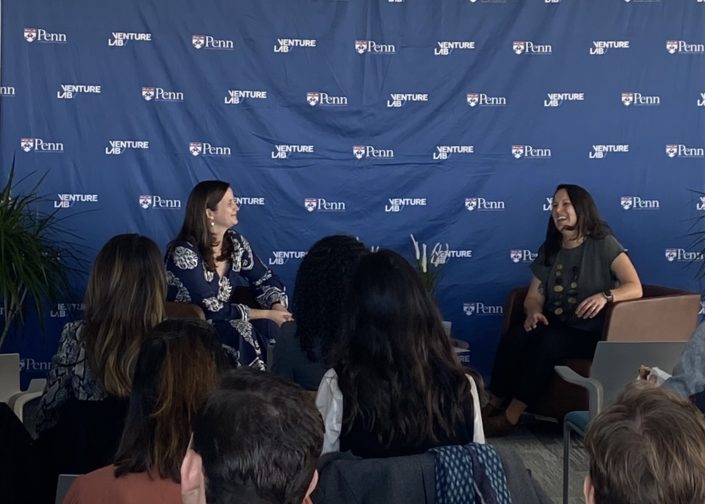Where Does Your Food Come From?
Your food dollars matter.
I recently had the honor to serve as a keynote speaker for the first annual WAFAB Future of Food conference hosted by the Wharton Agribusiness and Food Security Club, where I found myself in impressive company. I was inspired by conversations among industry leaders who discussed lessons learned and innovative solutions for sustainable food production as we all look forward. I spoke about the the work we’ve been doing at Primal Supply since 2016 to bring not just increased availability, but education and awareness around local supply chains and pasture-based meat to Philadelphia, and the challenges we’ve faced along the way.
This prompted me to reflect on where we’ve been and where we’re headed, and if I’m being honest, the past few years have been frustrating for me. In 2020 when the pandemic exposed the instability of our country’s industrial food systems, it felt like a revolution that would end in a significant transition of our economy and markets to more localized and sustainable food production. But like it always does, big industry recovered and prevailed, and soon enough most consumers reverted back to the cheaper and easier sources they knew before. One of the things I spoke about at Wharton is my core frustration that is both the motivator and the challenger to the work we do everyday; there is a deep disconnect in our country about the perceived value of food vs. the true cost of food. As a mission-driven small food business, Primal Supply is continually working to align the true cost and value of sustainably-raised food.
If you’re reading this email, I am hopeful that you are part of a better future, participating in a local food system and contributing your dollars towards solutions. Remember that industry has always served industry, but small businesses serve communities. So ask yourself, “where does your food come from?” and whenever possible, shop small and shop local. And heck, it’s Women’s History Month, so look for and support women-owned businesses while you’re at it! The truth is that real, local food costs more. And when the cost of everything in our lives has increased, it takes effort to continue to prioritize this expense. But when you keep your money in the local economy, and in healthy and responsible food sources, you are voting for small businesses like ours to be a part of a healthy and sustainable food future.
Thanks for reading. Thanks for shopping. And thanks for believing. I appreciate you!
– Heather

PS. For some fascinating insight into our country’s food history I highly recommend checking out these podcast episodes from Maintenance Phase and The Bittman Project about our government’s role in guiding “nutrition” through the food pyramid. Not only how we spend our dollars, but what we are encouraged to eat, has always been in the best interest of big industry profit rather than our health and well-being. Let’s change that!